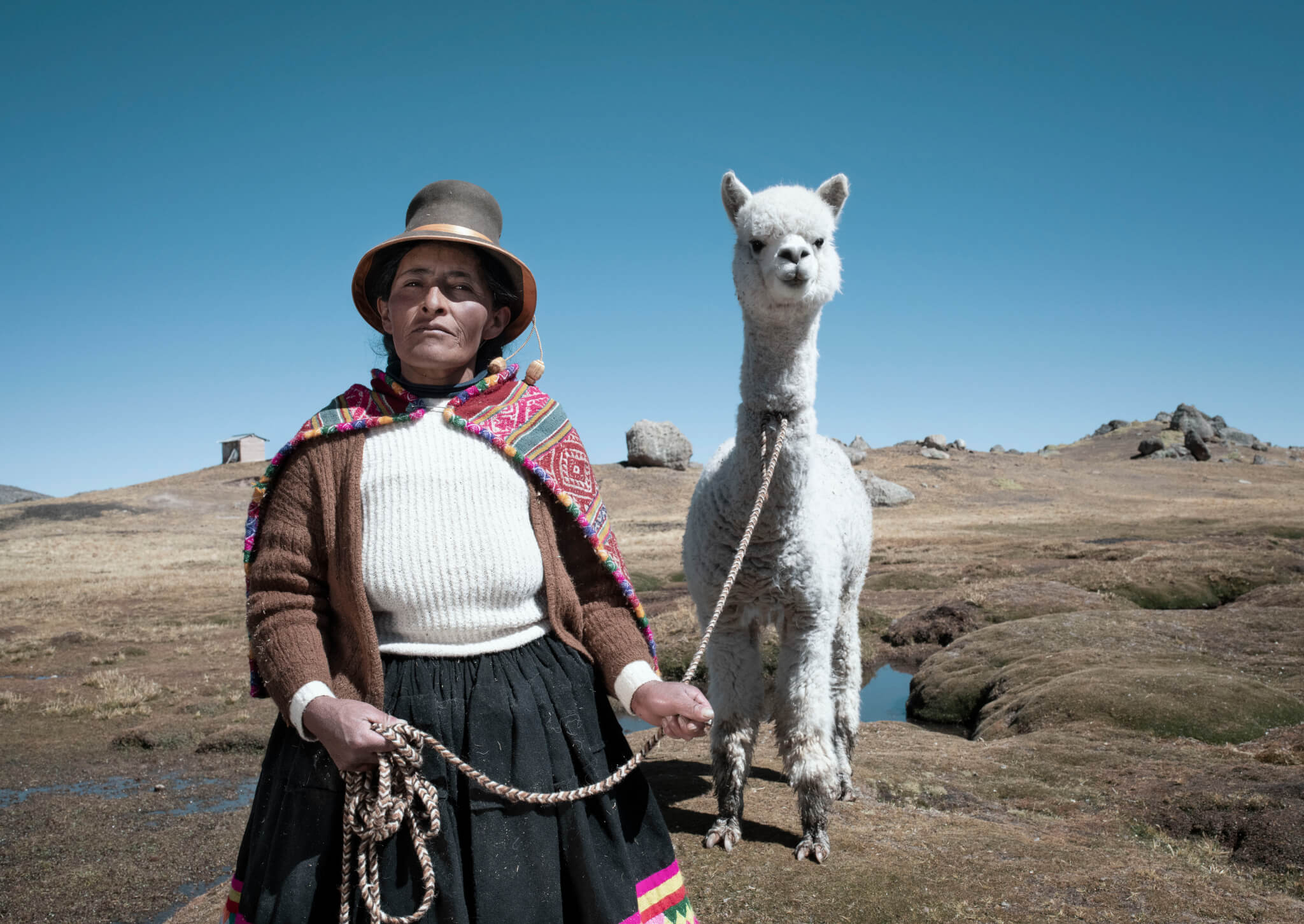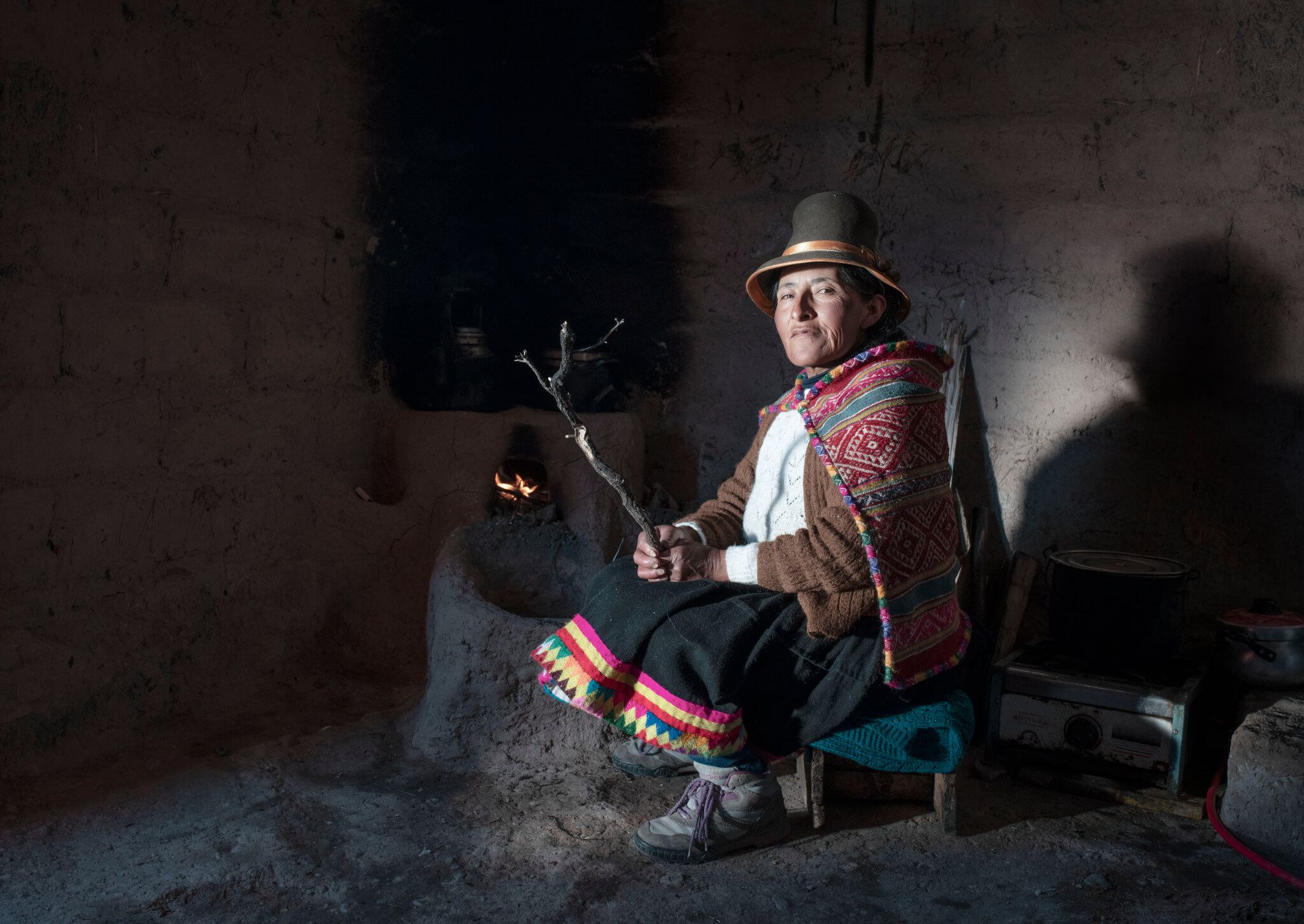The Quechua, Peru’s indigenous people, are living on the frontlines of the climate crisis. Rising temperatures affect nature and the fragile ecosystem. Drought in particular causes a lack of food for the alpacas they keep, putting their livelihood under pressure. Melchora Quispe Quispe: “All I want is a place to live.”
Here, high in the southern Andes of Peru, they run their farm Fundo Aqua Dulce. But you won’t find any crops here. At more than 5,000 meters above sea level, the cold and nutrient-poor, rocky soil makes it impossible to grow any crop. No tree, no shrub, no potato can grow here. Like generations before them, Melchora and Aurelio cling to the traditional way of life as alpaca herders and selling the wool is their main means of livelihood.







